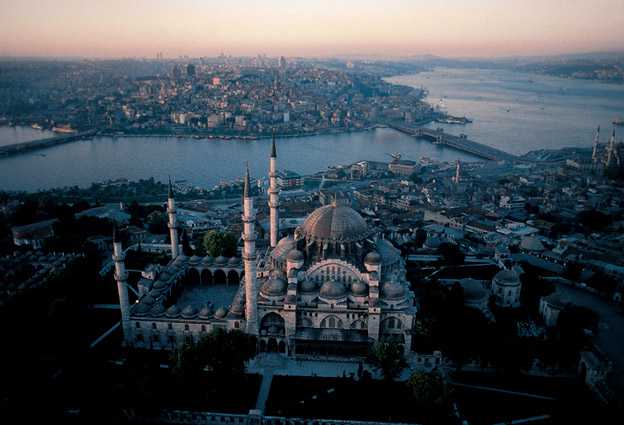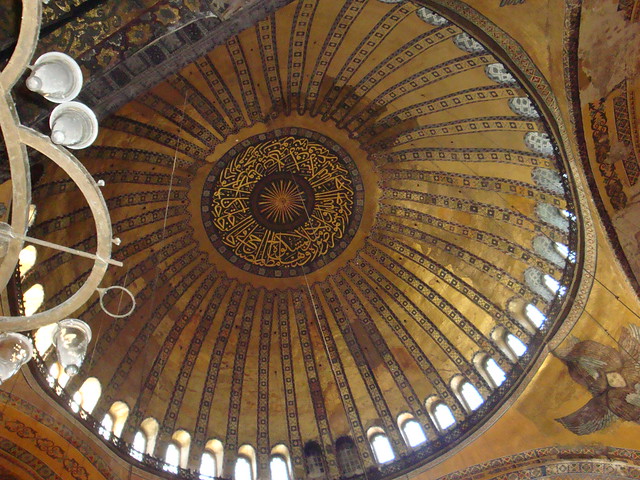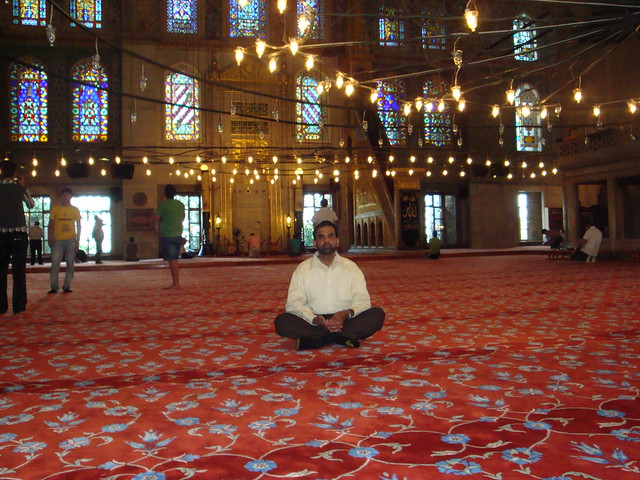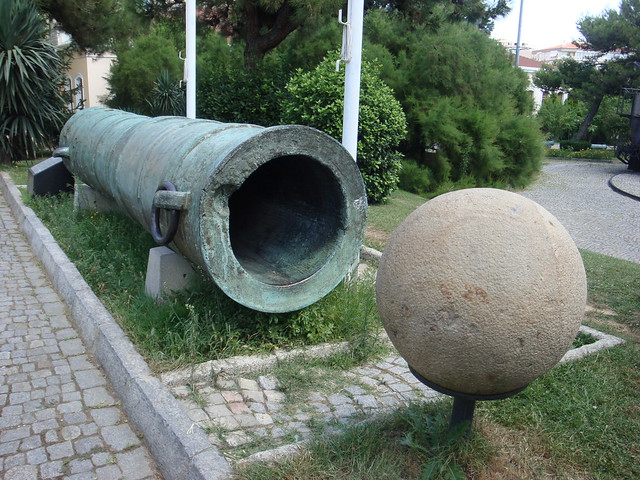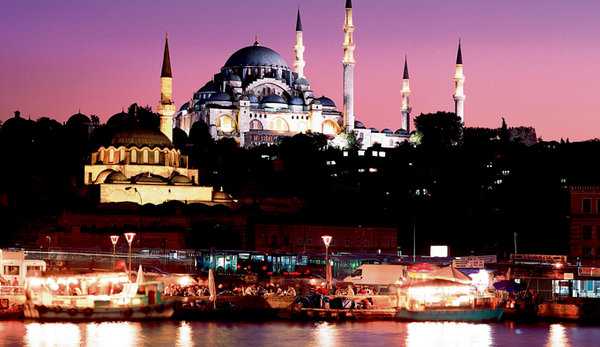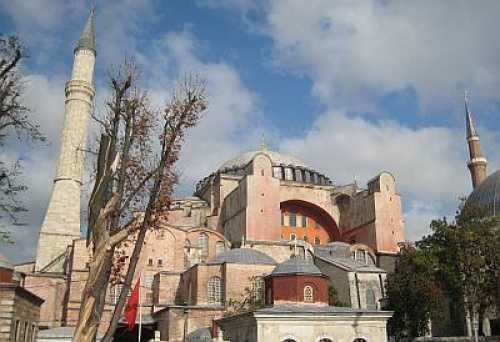ISTANBUL – Anatolia News Agency
Istanbul’s Hagia Sophia Museum will undergo the most comprehensive and most expensive restoration process in its history, according to officials. All the museum’s ornaments and marbles will be restored
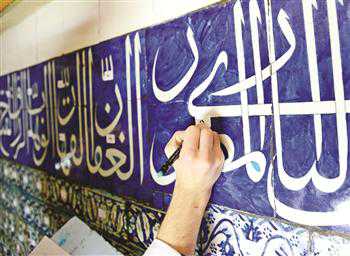
All elements of the Hagia Sophia Museum from ornaments to the marble inside will be cleaned and renovated during the restoration process, which is the most comprehensive one ever seen.AA Photo
The most comprehensive restoration process in the history of the Turkish Republic will begin at Istanbul’s Hagia Sophia Museum, soon after 17 years of restoration work were completed.
During the restoration process, some units that were added to the museum during the Ottoman period and the structures that have existed since the establishment of the museum will be restored. Among these structures are the fountain and library of Mahmud I as well as the ornaments and marbles inside the museum.
The deputy director of the Hagia Sophia Museum, Hayrullah Cengiz, said the museum was a historical work of art dating back 1,500 years and one of the world’s most magnificent works. “It is natural that such an old artwork undergoes restoration processes very often.”
Mahmud I fountain
Cengiz said that during the restoration process, both the additional structures and some other units would be renovated, and that in the first phase they had started the restoration of Turkey’s most beautiful fountain, the Mahmud I Fountain built in the 1740s. “Work has been underway for eight months and we are planning to finish it in one to 1.5 months.”
He said the fountain had undergone restoration because it had been damaged in an earthquake that happened in 1894, and had been restored most recently in the 1960s. “All elements of the fountain including the dome made of lead, wood and metal parts, calligraphy and gold leaf are being restored.”
Cengiz said the restoration of the Mahmud I Library in the museum would be done in 400 days. He said similar libraries had been built in mosques, especially in Istanbul, adding that it was a masterpiece.
The library has İznik and Kütahya tiles as well as Tekfur Palace tiles, Cengiz said. “It attracts the attention of many scientists and researchers. We will open this place to visits when the restoration is done.”
Cengiz said the western facade of the Hagia Sophia Museum would also be restored. “We estimate that it will be finished in 550 days.”
He said the restoration of the western facade would give important data for the restoration of the southern and eastern facades. He said that especially the northern and western facades of the buildings in Istanbul suffered from heavy rain, wind and snow.
“The most damaged part of the Hagia Sophia is its northern and western facades. The work that will be done here has not been discussed in the media. Projects took a long time. Finally, an agreement was reached between the scientific council and the protection council,” Cengiz said.
He said the scaffolds would be erected on the western facade after the technical work was finished.
Cengiz said the ornaments and marbles inside the museum would be cleaned during the restoration process and the work would be finished in 600 days.
via ARCHAEOLOGY – Hagia Sophia undergoes most comprehensive restoration.


